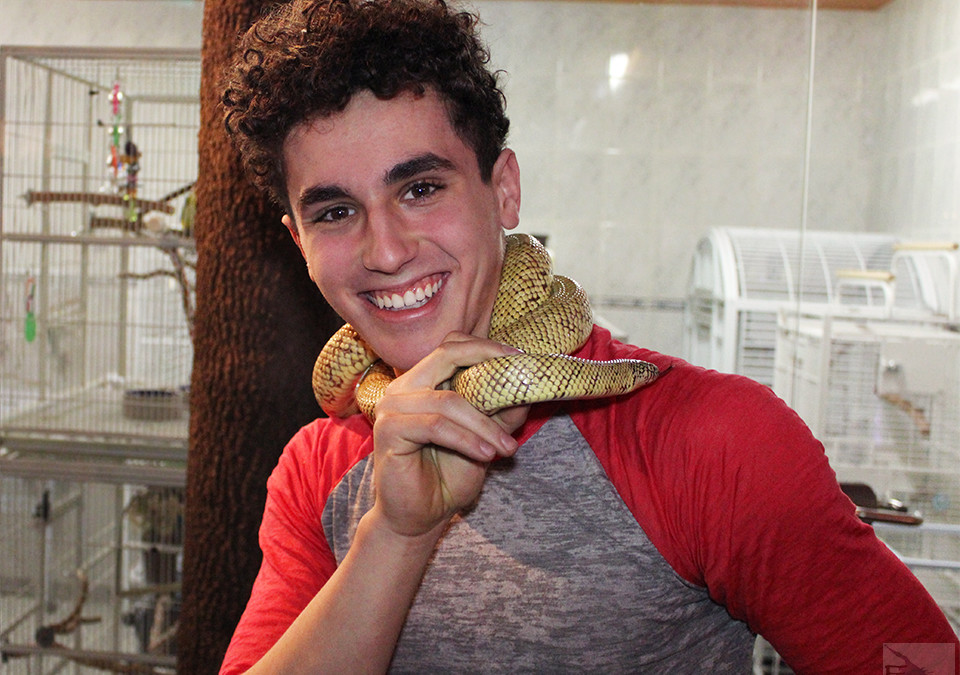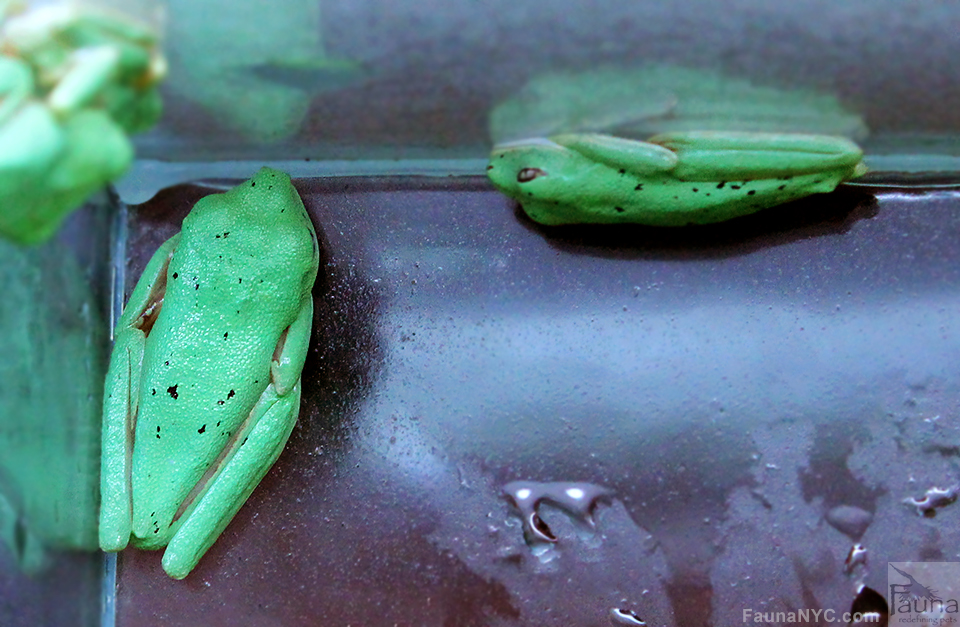

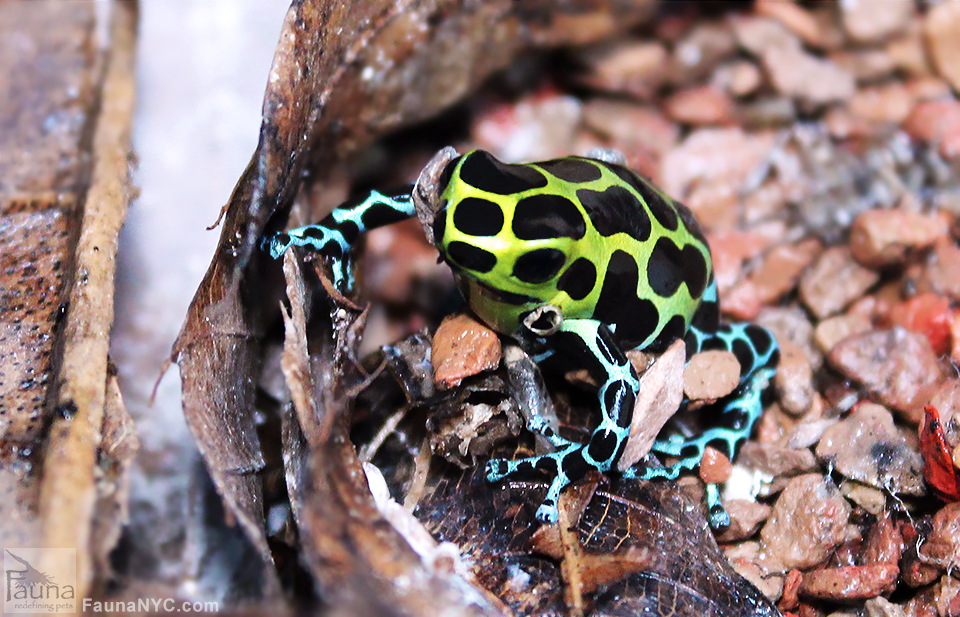
Ranitomeya Variabilis (Southern Variabilis)
Ranitomeya Variabilis (Southern Variabilis) Fauna ReptilesReptiles Home Featured in Reptiles Snakes Lizards Amphibians Tortoises Reptile Boarding Ranitomeya Variabilis (Southern Variabilis) Ranitomeya variabilis (Southern Variabilis) is one of our favorite species of thumbnail dart frogs. With their greenish-yellow backs and large black spots they are unmistakable. Ranging from Ecuador and Peru, there are three distinctive morphs from different locations. They can be found where there are many bromeliads, which they use to lay their eggs and transport tadpoles. This species readily reproduces in captivity with proper conditions....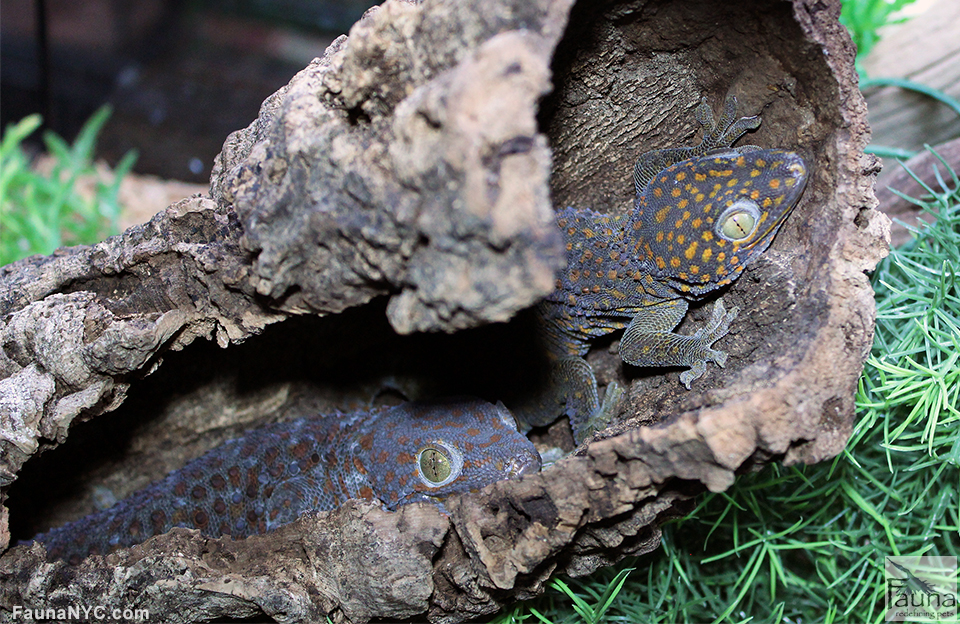
Tokay Geckos
Tokay Geckos Fauna ReptilesReptiles Home Featured in Reptiles Snakes Lizards Amphibians Tortoises Reptile Boarding Tokay Geckos Tokay geckos get their name from their call, which sounds exactly like their name! Tokay Geckos are known for their bad attitudes. Our breeders are quick to bite, but captive born babies that are handled frequently can actually make great...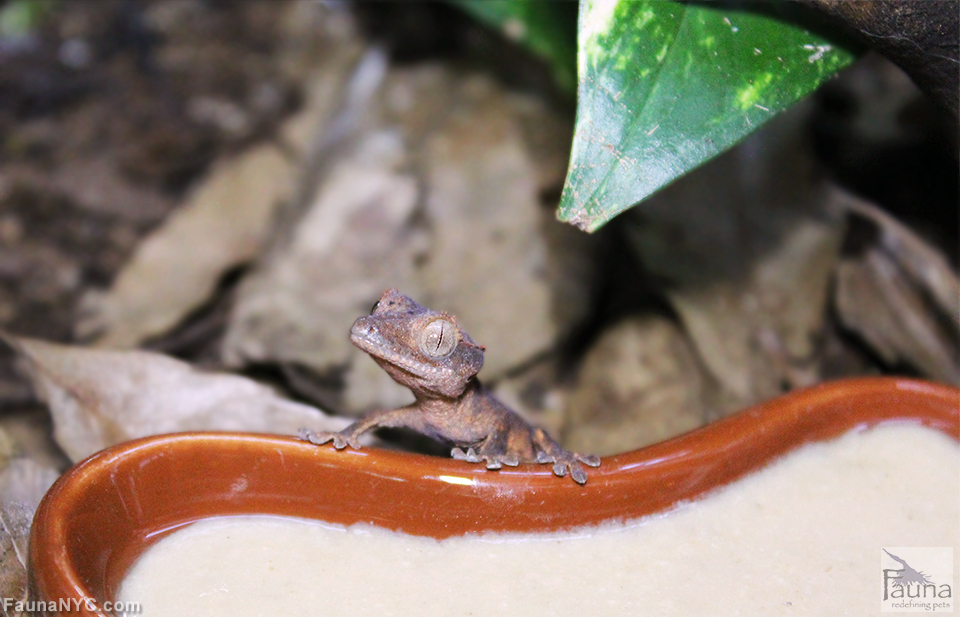
Crested Gecko (Correlophus ciliatus)
Crested Gecko (Correlophus ciliatus) Fauna ReptilesReptiles Home Featured in Reptiles Snakes Lizards Amphibians Tortoises Reptile Boarding Crested Gecko (Correlophus ciliatus) This juvenile crested gecko (Correlophus ciliatus) was hatched here in the store. If he’s anything like the parents, he’ll be absolutely beautiful when he grows up. All about the Crested Geckos The crested gecko, native to New Caledonia, is a fascinating pet for the devoted herpetologist. Thought to be extinct until just a few decades ago, these geckos require a humid, vertical enclosure and a calcium rich diet of insects or crested gecko paste. They only grow to be about seven to nine inches in length, and come in several different color morphs. The crested gecko has flat feet coated in hundreds of microscopic hairs which allow it to climb vertical surfaces. Though they are closely related to the gargoyle gecko, they are unable to regrow tails like other species. Crested geckos also lack eyelids, and lick their eyeballs instead. They are also sometimes called the “eyelash” gecko because of the tiny triangles above their eyes that give them an eyelash-like appearance. What kind of home do they need? Native to the trees of New Caledonia, northeast of Australia, the crested gecko needs a large, humid enclosure that is taller than it is wide. Crested geckos are arboreal, meaning they spend most of their life in trees. A vertical tank will allow the crested gecko to climb as he would in the wild. A 20 gallon tall is best at minimum, but you can always opt for larger to allow more movement. The tank should have a good...